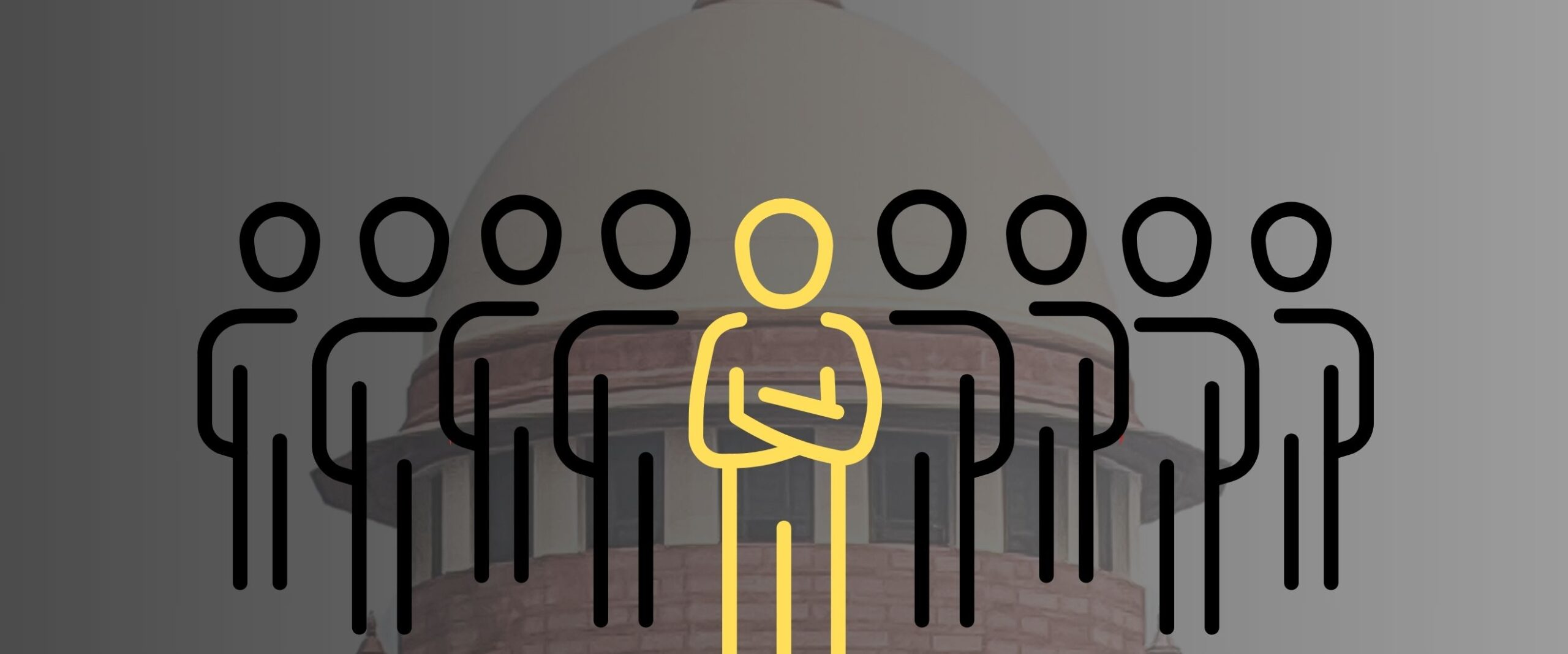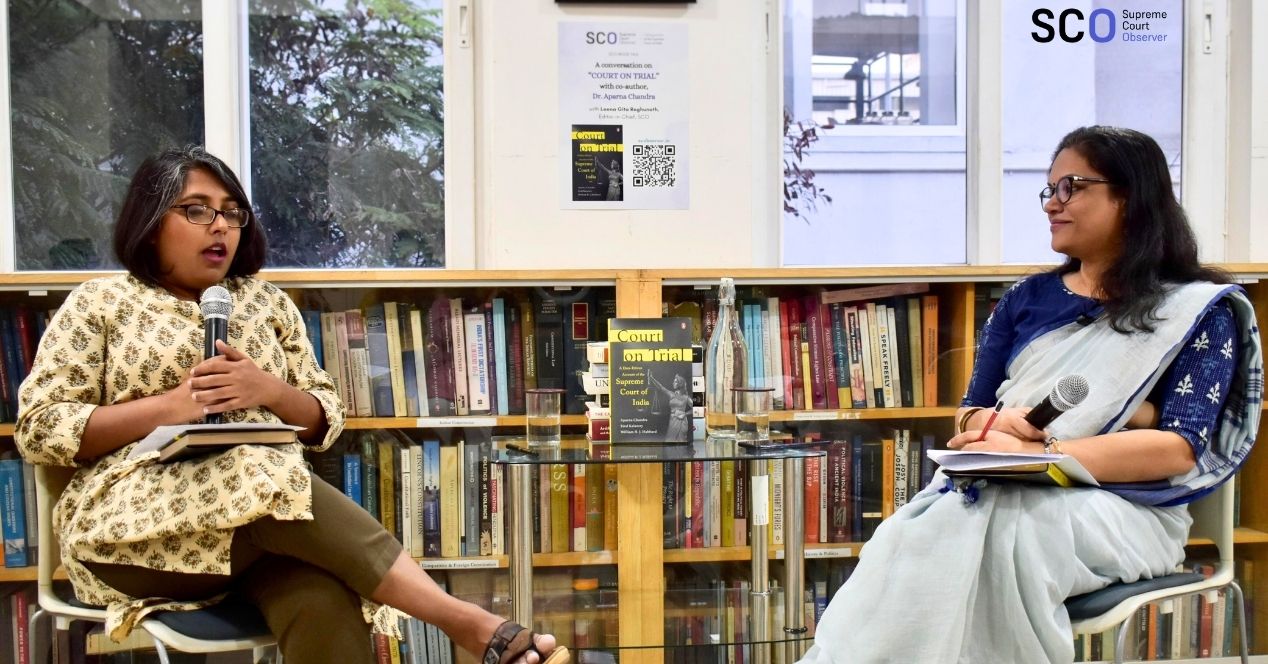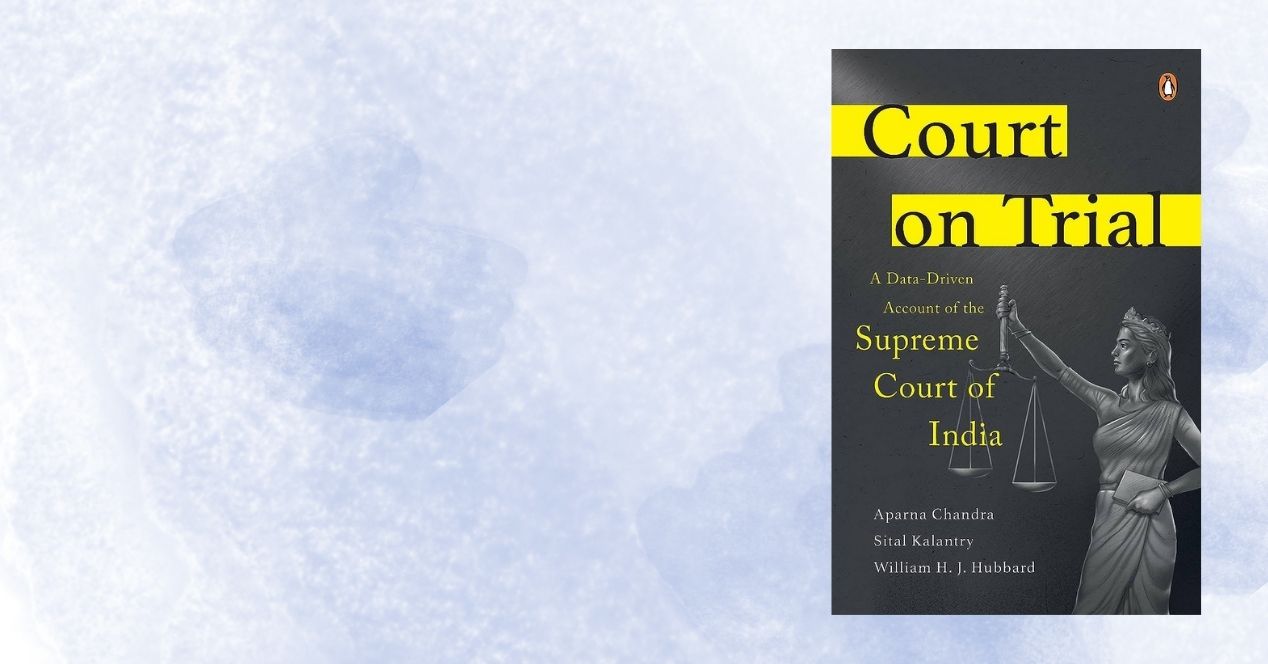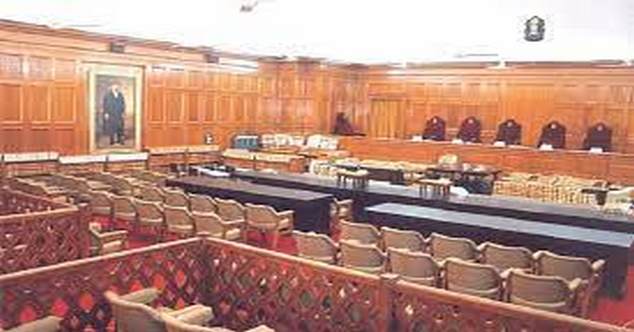Analysis
The “disproportionate” power of the Chief Justice of India
The “first among equals” may enjoy more powers than what meets the eye. Check out what Dr. Aparna Chandra has to say

The Chief Justice of India is the highest-ranking officer of the Indian judiciary. They are referred to as the ‘Master of the Roster’ and the “first among equals.” In State of Rajasthan v Prakash Chand (1997), the Supreme Court held that the ‘Master of the Roster’ has the “prerogative to constitute benches of the court and allocated cases to the benches so constituted.” Prakash Chand clarified that as the “first among the equals” the CJI enjoys “administrative control” of the Supreme Court.
The CJI’s administrative duties are listed in the Supreme Court Rules, 2013. As part of their function as ‘Master of the Roster’, the Chief Justice allocates cases to different benches of the Court and picks judges to form Constitution Benches, which decide substantial questions of law.
The Chief also enjoys the power to list cases. This means that should they wish to do so, they may never list a Constitution Bench case at all in their tenure. Former Chief Justice N.V. Ramana’s tenure was criticised for this reason. Constitution Benches have been revived by his successors, CJI U.U. Lalit and Chief Justice D.Y. Chandrachud. Lately, the Supreme Court has taken up constitutional matters regularly, with as many as 55 cases being heard in the first half of 2023 alone. CJI Chandrachud recently announced that he intends to make Constitution Benches a “permanent feature” of the Supreme Court.
This may seem like a welcome change, but there are growing concerns about the CJI’s discretionary powers in the backdrop. There are no publicly known criteria or factors that the CJI must consider while forming a Constitution Bench or allocating cases to that bench. A Chief Justice has only delivered a minority opinion in a Constitution Bench judgement 13 times since the formation of the Court, raising questions as to whether the CJI is more likely to select judges who are on the page ideologically.
In conversation with Leena Gita Reghunath, editor-in-chief of the Supreme Court Observer, Dr. Aparna Chandra shared her insights on these concerns. The below excerpt is from a book talk hosted by SCO with Dr. Chandra, a co-author of Court on Trial: A Data Driven Account of the Supreme Court of India. [The transcript has been edited and condensed for clarity.]
Excerpt:
Leena Gita Reghunath: With that, I move to another contentious chapter, which is the disproportionate power of the Chief Justice. You illustrate how, in most of the decisions, the CJI is always on the majority side; and how his influence is clearly seen. I was also reminded, when I was reading this portion about Fali S. Nariman and Karan Thapar’s interview that happened last month, where Nariman recollects this incident after Kesavananda Bharati. A. N. Ray, who was the Chief Justice, sits another full bench to look at basic structure and whether we should have basic structure.
And a couple of days of arguments have taken place when he realises that he’s the single ‘no’ in that bench. The rest of his brother judges want the basic structure to stay, and he just goes on and dissolves the case. So you know, the voice that the Chief Justice lends to the opinion is so important and also who and what he allocates to.
How do you see this disproportionate power working in the Indian judiciary?
Right. Again, this is a function of the changing role and structure of the court. Again, if you look at 1950, there are eight judges. Either all of them sitting together or they’re sitting in, benches of five or six or seven judges and then maybe one judge doing other administrative work or, you know, a few judges, a bench of two or three judges looking at appeals matters and five of them looking at more important constitutional matters.
So this Chief Justice had very little role, he had some administrative role in sort of allocating who was going to be sitting on that big bench, who’s going to be sitting on that small bench, but otherwise he had very little sort of administrative discretion in terms of bench formation. Or for that matter, in terms of priorities, the caseload was very small.
What has happened subsequently is, as the number of judges has increased and the number of cases has increased, the Chief Justice has more and more cases that have to be allocated to more and more judges who are sitting in smaller benches. So more and more benches to which these cases have to be allocated.
And the Chief Justice’s power has therefore increased. The place where you see it the most is with respect to constitution benches because there are two problems that come with constitution benches.
Okay, let me step back a little bit to say much of the case allocation that happens in the court is very routine. The Chief Justice will set up a roster, which will say all criminal law matters will go to these two judges, all labour law matters will go to these two judges, so on and so forth. That’s a subject matter allocation. And routinely the registry will allocate cases accordingly.
So that’s fairly standard and doesn’t cause much of an issue unless someone wants to recuse themselves or something like that. But then there are specific cases. These are cases where you need a larger bench to be constructed, where a matter has to be sent to a larger bench or a new bench has to be constructed for whatever reason. These specific cases are where allocation has to happen.
These case-specific allocations are where the Chief Justice’s power becomes most salient because as we’ve already discussed, the law is an interpretive exercise, and who sits on the bench becomes very important. Now, what we’ve seen is that the Chief Justice of India, disproportionately allocates Constitution Bench matters, the most salient matters, to themselves.
And I think, if I’m not mistaken, these new, the four seven-judge benches that have been constituted this last week, the Chief Justice is sitting on all four of them. and this is just following that trend where Chief Justices overwhelmingly assign themselves to benches already. Therefore, they’re getting an outsized say in, these Constitution Bench matters.
Now, the Chief Justice is the senior-most judge. So it wouldn’t be a problem if the Chief Justice was actually assigning the senior-most judges on these Constitution Benches. Then the Chief Justice is there because the Chief Justice is the senior-most judge. That’s not the case. The Chief Justice is four times more likely to be on the Constitution Bench as compared to the next senior-most judge.
Seniority has no role to play. So then the question is, what does have a role to play? And we could find no other “objective standard”—at least a verifiable, measurable standard, against which the Chief Justice decides, whether someone has to be on the bench or not, except one thing. The Chief Justice is never in a minority.
Even when, and you can imagine since these are the most contentious issues, Constitution Benches are the ones that see the most dissents. They also have the most number of judges, so there is more likelihood of dissents. But the Chief Justice is almost never in a minority in these cases, which means that the only principle, discernible principle, is that the Chief Justice is constructing benches in a way that they can always carry the majority with them, right?
And so in our study, in our time period, we have about 78 cases in which the Chief Justice has never been in a minority. And then, we looked at the other scholars who’ve looked at cases before and after. Nick Robinson found that, since 1980, in 1,532-odd Constitution Bench cases, the Chief Justice of India had been in a dissent nine times. In our data set of 78 cases, it had never happened. And from 2010 to currently, the Chief Justice has been in dissent twice.* So therefore, just to say 88 percent of the time the Chief Justice is on the bench and is on a dissent in absolutely a negligible amount of cases, which therefore suggests that the only principle that is working is the Chief Justice being able to carry the majority with them, which is an incredible power. And it’s a power where, you know, they keep saying that the Chief Justice is first amongst equals, which only means that on the judicial side, the Chief Justice has the same power as any other judge. It’s just that they have some other administrative powers.
That’s clearly not the case. The administrative power is shaping judicial outcomes, right? How the Chief Justice is constituting these benches is shaping outcomes. The other issue, of course, with the master of the roster is that the Chief Justice gets to also decide when the case will be heard. By just, by virtue of not constituting a bench.
So you can evade a decision on a case and just kick the can down the road and not decide the case at all by not constituting benches. So these are very, very serious powers. I just will take a minute to say that yesterday, something happened in the Supreme Court, which is pointing to another sort of way in which the Chief Justice might be exercising a different kind of judicial power as compared to everyone else, which is the idea of intra-court appeals.
Every judge of the Supreme Court is equal. There is no question of one bench sitting in appeal over another bench. But yesterday, if you’ve been following this abortion case** that was being heard, a decision was taken by a two-judge bench. That decision was a unanimous decision. The State mentions before the Chief Justice that they would like a recall of that order and the Chief Justice then sends it back to the same bench and Justice Nagarathna really blasts the State saying, what is it that you’re doing? How can you, once we’ve issued an order, you can get it reviewed? What is this question of a recall? This is not the first time that this has happened. A few months ago, this happened on the question of default bail in another case called Ritu Chabria.
*this book talk took place prior to the Marriage Equality Judgement where Chief Justice D.Y. Chandrachud was in the minority.
**Dr. Aparna Chandra was referring to Poonam Sharma v Union of India.




